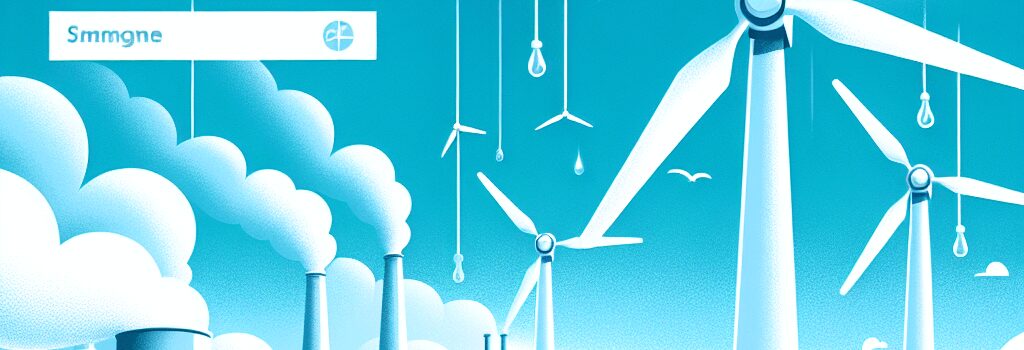China’s Emissions Drop Due to Renewables: A Technical Review

After decades of relentlessly rising carbon dioxide output, China has recorded a one percent drop in national CO₂ emissions over the past year. This marks the first peacetime decline not tied to economic disruption, such as the COVID-19 lockdowns or the 2008 financial crisis. A new report from Carbon Brief—drawing on data from the National Bureau of Statistics, the National Energy Administration, and the China Electricity Council—attributes the shift primarily to surging renewable power capacity and accelerating grid integration technologies.
Renewables Outpacing Demand Growth in the Power Sector
In the first quarter of 2025, China’s total electricity demand grew by 2.5 percent year-on-year, yet emissions from power generation fell by 5.8 percent. This gap arises because additions of wind and solar capacity in Q1 2025—over 50 GW combined—delivered 1.6 percent more clean energy than in Q1 2024, outstripping the long-term 15-year average demand rise of 1.2 percent per quarter.
- Installed capacity: 420 GW solar PV (capacity factor ~25%), 350 GW onshore wind (~30% CF), 60 GW offshore wind (~35% CF).
- Curtailment rates have fallen to under 6% nationally, down from 13% in 2019, thanks to improved transmission projects and real-time dispatch algorithms.
- Battery energy storage installations reached 12 GW / 40 GWh at year-end 2024, enabling peak-shaving and frequency regulation.
Technical Drivers: PV and Wind Capacity Growth
Between March 2024 and March 2025, China added roughly 60 GW of new photovoltaic panels—equivalent to 12% of global PV installs that period—and 40 GW of wind turbines. According to the China Photovoltaic Industry Association, advances in mono-crystalline cell efficiency (now averaging 23% module efficiency) and large-scale wafer production have driven down levelized cost of electricity (LCOE) for PV to as low as $0.03/kWh in optimal regions. The China Wind Energy Association reports that next-generation turbines, with rotor diameters exceeding 160 meters, have boosted yield by 15% over previous models.
Integration of Energy Storage and Grid Stability
Grid stability has historically constrained variable renewables. However, China’s rapid deployment of lithium-ion battery systems, pumped hydro storage (totaling 30 GW), and virtual power plant (VPP) platforms has optimized supply-demand balancing. Dr. Li Wei, senior researcher at Tsinghua University’s Energy Institute, notes, “Advanced SCADA control and AI-driven forecasting have slashed renewables curtailment, allowing higher penetration levels without jeopardizing grid reliability.”
Industrial Emissions: Beyond Power Generation
While power sector emissions are in clear decline, the report highlights a 4% rise in CO₂ from coal-based chemical feedstocks—used for hydrogen extraction in ammonia and methanol production. Natural gas consumption for high-temperature industrial processes has also grown 7%. In contrast, cement‐related emissions have dropped 25% since 2021 as construction slows and alternative binders (e.g., calcined clay) enter the market.
Policy Landscape and Economic Implications
Policy shifts are also reshaping the market. The upcoming reform in China’s feed-in tariff system will replace guaranteed minimum prices with competitive auctions by late 2025, triggering an installation rush as developers seek to lock in higher rates. At the same time, Beijing is piloting carbon trading in six provinces, with an average price of $8 per ton—expected to double by 2027. Analysts at ICIS project these measures will drive an additional 200 GW of renewables by 2027, sustaining the emissions decline trend.
Future Outlook and Projections
Projections from the International Energy Agency and China’s own industry associations anticipate that renewables will supply over 45% of national electricity by 2030, up from 32% in 2024. With ongoing advances in grid interconnection, high-voltage direct current (HVDC) corridors, and digital energy management systems, Carbon Brief concludes that power sector emissions could fall by as much as 15% by 2030—even as total electricity demand continues to climb.
Credit: Data and analysis courtesy of Carbon Brief, National Bureau of Statistics of China, National Energy Administration of China, China Electricity Council, China Wind Energy Association, China Photovoltaic Industry Association.